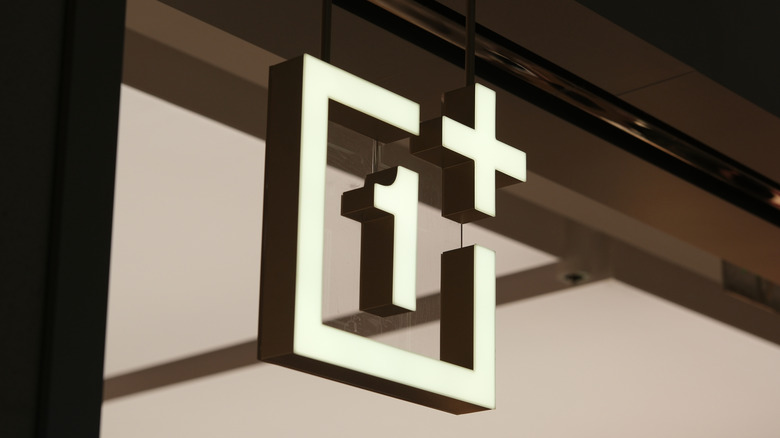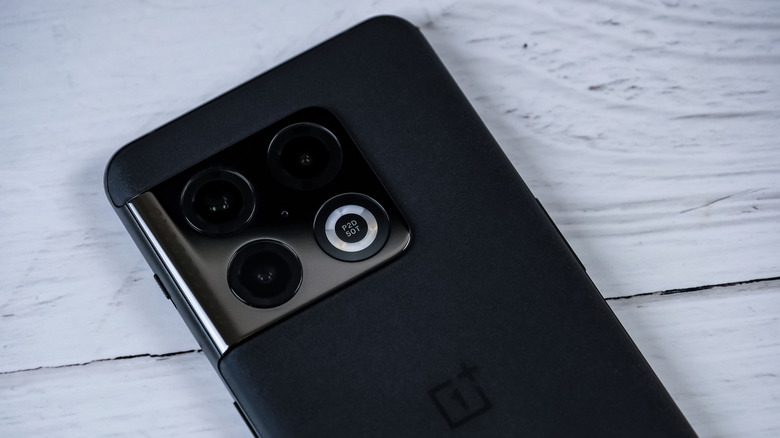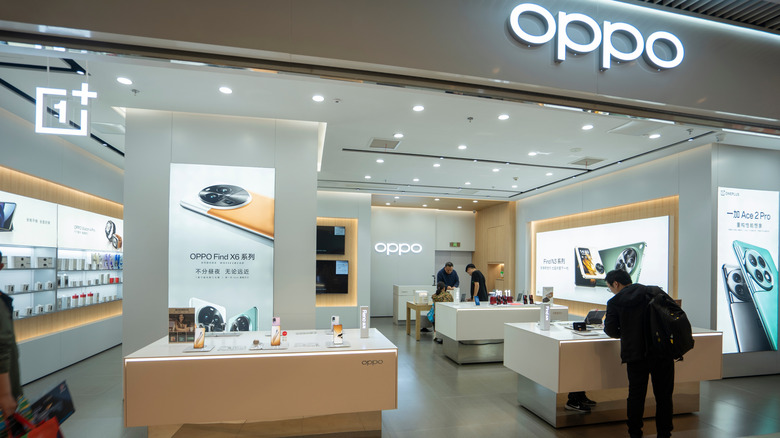OnePlus likes to portray itself as a bold disruptor, something most can agree it does very well with flagships able to compete at the highest level. So, it is no scrappy, garage start-up out of nowhere. In fact, quite the opposite. The company was established in 2013 by Pete Lau, former OPPO VP, and co-founder Carl Pei, but it was always part of OPPO.
It doesn’t end there. OnePlus, alongside OPPO, Vivo, Realme, and IQOO, all branched out of BBK Electronics, the Chinese mega-conglomerate that silently built a smartphone empire without ever printing its name on a box. BBK wasn’t the kind to manage all these brands on a day-to-day basis, but rather let them operate semi-independently, sharing factories, parts, and strategies. According to reports from Asia, BBK brands collectively outsold Samsung and Huawei globally in 2020, selling over 262 million units, and these numbers didn’t even account for OnePlus and IQOO sales. But BBK’s time is over. The holding company was dissolved and deregistered in 2023.
Now, who’s in charge of OnePlus? It’s OPPO. OnePlus is a subsidiary of OPPO, which, alongside Realme, is owned by Guangdong OPlus Holdings. They share software teams, R&D, and even executives. Product timetables tend to follow one another, and OnePlus phones run on OxygenOS, which shares the codebase with ColorOS (OPPO’s mobile OS).
Where OnePlus phones come together
Oppo’s headquarters and OnePlus’ main manufacturing are located in Shenzhen, China, where the majority of OnePlus products are put together. According to insiders, the core facility, located in the Tairan Building in Futian and nearby campuses, handles assembly and final quality control for flagships like the OnePlus 13, which we reviewed. In-person factory tours showcase dust-free clean booths, manual checks at crucial stages, and strict control over vital parts like camera modules.
India is currently the second-largest hub. OnePlus has been using Foxconn’s Rising Stars facility in Andhra Pradesh for manufacturing since 2015. Under its so-called “Project Starlight,” Pete Lau announced how the company plans to invest ₹6,000 crore (roughly $720 million) by 2027 to expand local production, sourcing, R&D, and even export out of India once capacity scales up. There’s a strategy built into all of this. By localizing, OnePlus will comply with India’s “Make in India” regulations while dodging high import tariffs in important markets. Recent reports indicate that by 2026, OPPO, OnePlus, and others intend to increase local value addition from 18% to 20%, using Indian suppliers for core components like PCBs, batteries, enclosures, and even final assembly. And it’s not just phones — OnePlus audio and IoT devices are now contract-manufactured in India as well, through partners like Optiemus.
So, while China continues to handle the bigger chunk of production, India is no longer just a supporting hub. It’s coming together to play at the main stage of OnePlus’ manufacturing facility.
The how and why behind OnePlus and OPPO’s blur
Suffice it to say, the connection between OnePlus and OPPO is ingrained in their DNA and isn’t just another coincidence. The two brands began merging their operations in 2021 under OPlus, the holding company that also controls Realme. Supply chains, software development, R&D, name it — it’s all one show now. In an effort to “align” the two brands, Pete Lau, one of the co-founders of OnePlus, even took on a top position at OPPO. It also says a lot that the OnePlus Open and Oppo Find N3 are essentially the same foldable, with very subtle differences and different names for specific markets.
But why pretend they’re separate, if they’re this close? That’s all part of the strategy, which positions OnePlus as the online-first brand for flagship phones in global markets. Oppo continues to focus on offline retail and stronghold markets like China, while also being responsible for all the backend operations, including production, logistics, and post-sale servicing. In fact, in some regions, the two even share service centers, and you can even buy OnePlus products directly from OPPO’s online store.
So yes, the two brands are indeed functionally conjoined. On paper, however, keeping them separate allows OPlus to cover more ground without complicating regional positioning or cannibalizing sales. It might look like misdirection, but it’s really just smart business.



